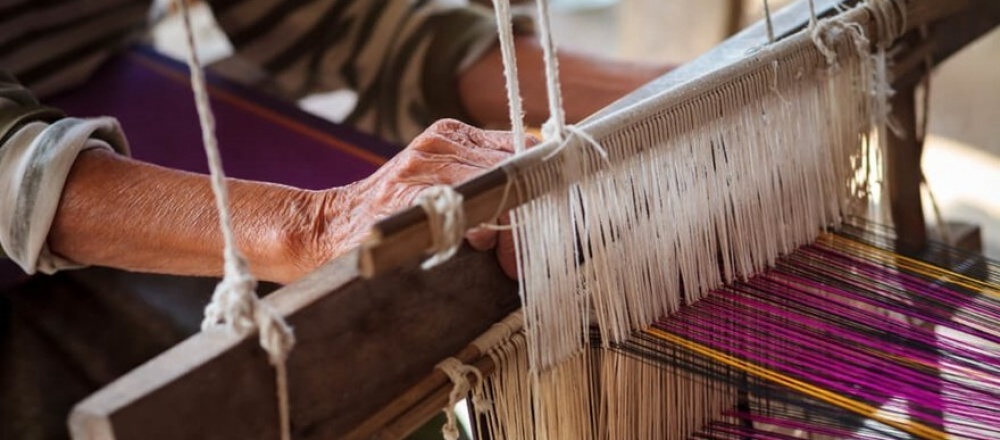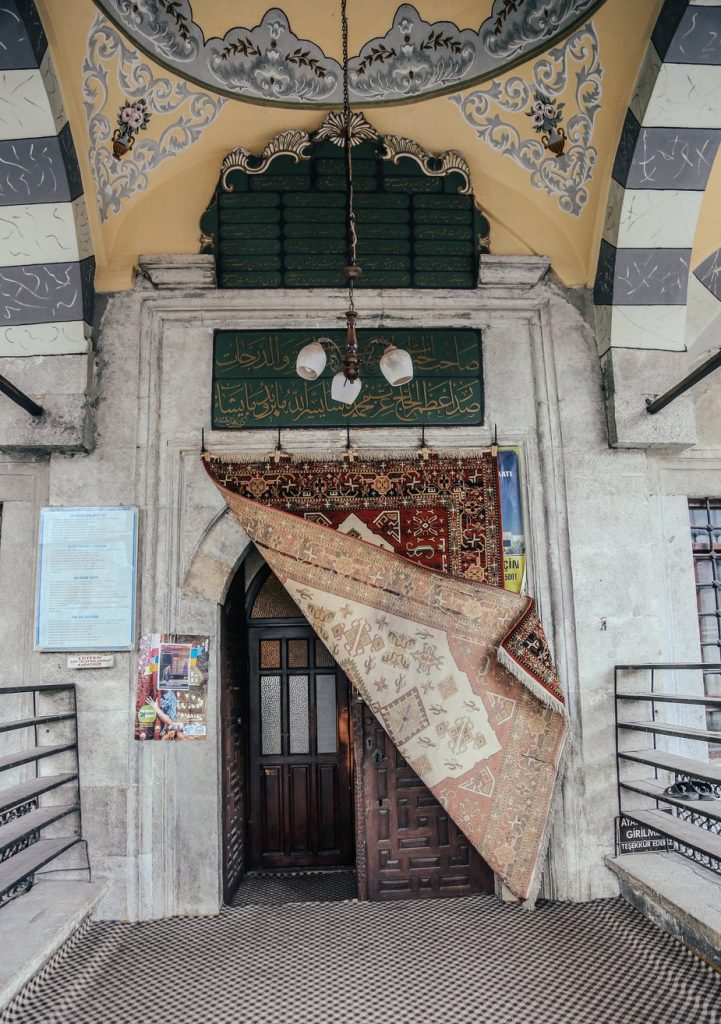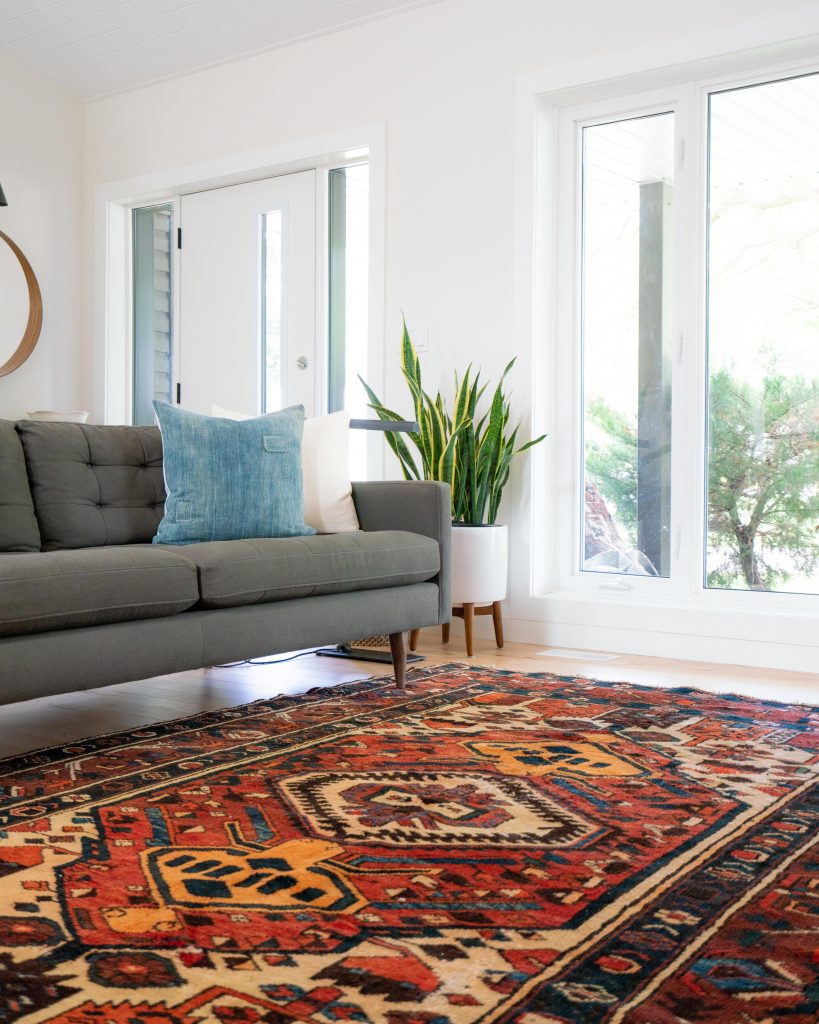A carpet consists of two distinct parts: the chains, or skeletons of the carpet, these are the vertical threads. The wefts, which consolidate everything, are the horizontal threads. Chains and wefts make up the record. In knotted rugs, the knots are tied on the vertical threads and then leveled with scissors.
Various kinds:
There are four types of weaving, all of which are handmade:
The kilim: Work flat, most of the time woven with ancestral patterns, without the use of cardboard. Holes that are easily visible against the light, due to the changes in color, allow the kilim to be identified. The old ones are reversible, while the recent ones are less so.
The cicim (“djidjim”): Usually used for bags or cushions. It gives the impression of a plain re-embroidered weave. In fact, the relief which is characteristic of cicim is obtained by weft threads wound around 2 or 3 warp threads.
The Sumak (“soumak”): It is also a weaving that wraps around the chains row by row weft threads of different colors. Unlike the kilim, sumak and cicim do not have holes.
The Halı (tie-stitch carpet): Easily recognizable thanks to its velvet, which is formed by rows of knots tight between two weft threads using a weaving comb (kirkit). Then, these knots are leveled with scissors. The knots can be Turkish (double knots or gördes) or Persian (single knots or senneh)

Manufacturing and dyeing:
All the steps in creating a rug are carried out by women. They are the ones who wash the wool, card it, spin it and dye it. Although recently, the wool used can sometimes be machine spun.
In rural areas, a young girl’s dowry is largely made up of rugs, which are never sold (contrary to what some merchants will tell you) and take a long time to prepare.
In Anatolia, carpets are not only considered as decorative items. They serve at the same time as prayer rugs (namazlık or seccade), curtains (perde), doors to separate two rooms, cushions (yastık or minder), wheat bags (çuval), wall dyes, saddlebags. (heybe), cutlery holders (kaşıklık) or roll holders (oklavalık), etc …
In the old days, weavers used only vegetable dyes. Currently, they increasingly resort to chemical dyes. However, in some regions there is a revival in the use of vegetable dyes. Madder roots can be used to obtain variations of red; walnut stain gives brown, tamarisk yellow, indigo blue, wild mint gray, orange henna, lichens green etc. Connoisseurs manage to locate the origin of the carpet according to the choice of colors and patterns.


